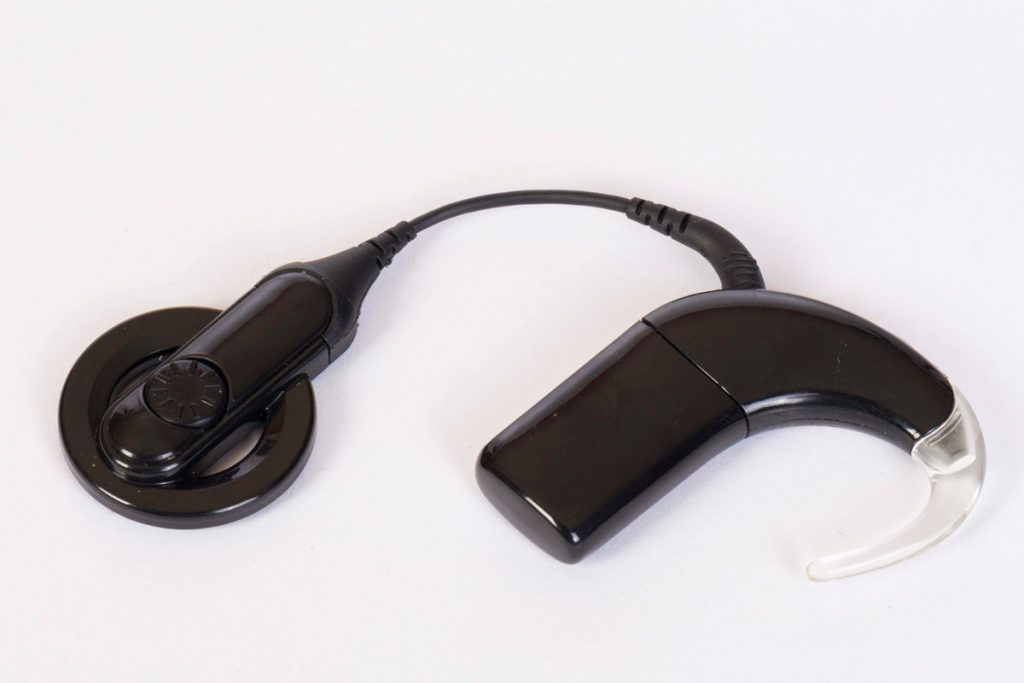The Virtual Life
The ending of 2019 was not one of my best as I adjusted to the loss of my job back in October. Although I chose to leave, considering the events that would occur in 2020, there is no doubt I would be jobless by the end of March. I am confident that I decided to step down rather than endure the treatment I was getting.
Meanwhile, 2020 started with some swift changes as I decided it was in my best interest to get a cochlear implant. I am tired of struggling and competing against those with their hearing, and I cannot compete with that. I am tired of those in the professional world thinking that one with a disability is not as capable of job performance. My experience so far, most of my life, is people focus so much on the barriers I face due to my loss rather than allowing me to overcome the obstacles or find alternatives to help me succeed. I have experienced more aggression against my disability than those who see me as a person with talent.
On March 5, 2020, I got the cochlear implant surgery done. During this time, the COVID-19 pandemic began to surface, and things became real concerning this new virus. I was faced with limited access to medical supplies due to the panic; luckily, I had some leftover rubbing alcohol and other supplies. It took about two weeks to recover enough I could function. The worst part was the dizziness, and I could barely stand longer than a few minutes without feeling nausea aside from the aches and pain.
After my two weeks of recovery, I was faced with more changes: dance classes were canceled, and the sudden closure of the public schools. It was the craziest time, not knowing what was going on, and the communication was either lacking or scattered. Eventually, I pulled it together, got my sign language class running online, and began hosting virtual dance classes. It was a quick decision with little time to plan or think things out. These new methods brought both excitement and anxiety to my students and me. I thought, well, this can’t last forever, and run the classes online for one session or semester and wait things out.
Virtual Dance Classes Online
Dance online brought curiosity among the kids undergoing something different. The online class became more challenging by the fourth class, especially for the younger kids. It wasn’t easy keeping the kids’ attention. Children do better with physical contact or connection. The virtual experience could not replace that. I started the classes in the last few weeks of March. It is now almost the end of May, and the kids are tolerating the virtual dance classes. More than half have discontinued the online dance lessons. I don’t blame them because it is impersonal and challenging to follow. They are not getting the experience they desire or need. I have a few students who do not enjoy the camera experience. It has been stressful and challenging for those students. I do not mind the camera; however, most kids are not used to this new method. I am not sure they will ever get used to it. I still have twelve active kids that appear online. Only eight show up weekly; others come and go.
I conclude that online virtual dance is okay for about four sessions, and anything after four sessions is downhill for most. Here is my experience with virtual dance lessons.
- Kids cannot keep their attention spans long enough for an entire dance period online. I felt terrible pushing them to stay with me after completing the necessary exercises and routine. I had to push through ten to fifteen minutes, keeping them moving, and it was simply too much. If you have to do an online dance, it is best to cut it to 30 minutes.
- I had to keep telling the kids to watch, listen, get off the couch, get off the bed, stand up, and do the steps with me as they were continually sitting and running off. It was very frustrating because half paid attention, and others were not. I had parents complaining their kids didn’t know the move or understand the routine (although they were the same kids not paying attention.) This added stress for me and the other dancers. When in a classroom environment, there are ways to help correct behaviors without calling them out. The virtual online class is not possible. Sometimes, we had to stop the class to see who was there and find out where they were (did they leave, are they on the bed, and so forth).
- The online virtual class is a one-way communication, and I dislike this the most. I felt like I was talking to the kids. There was no connection, and it was impossible to teach and connect. I had to stop and see who was there, ask how they were doing, and so forth, which led to the entire class sitting down and me telling them to stand up again. It was frustrating for them and me. The lack of contact, connection, and communication was not good. We tried different things to balance it out. Sometimes it worked; other times, not so much. The one thing I learned the most with virtual classes is that kids need feedback; they need to know you are watching so you can give them feedback that is specific to them. For example, Andre, your turns look great, or I love how you worked on your leaps. When I would ask the kids to perform for me, most would clam up. They didn’t put in half the effort as they would in a classroom environment.
Overall, I think online dance is okay if you are doing one-on-one to help students catch up, go through techniques they are struggling with, or aid them in improving in specific areas. It is not ideal for replacing a classroom. Exercise routines can easily adjust, but when it comes to children, they need physical contact.
Adult Sign Language Online
The overall conclusion of my sign language class was enjoyable. When the class first started, I think we were all a bit ambitious about the opportunity to try it online. I used interactive instruction to ensure that the students were observing and participating. Once we got to class four, we realized that the online interaction was not the same. Students began to express that they missed interacting in pairs with their classmates. Sign language can be taught online; yes, however, mastering the art of signing requires actual interaction. It was a good experience for my students as they learned that interaction is the key to improving sign language. Once again, virtual learning provided opportunities; however, it also limited extended options. Students are ambitious to continue through the summer months. We decided instead of doing an online session; we wanted to meet face to face by meeting up at the park and other locations.
Overall Conclusion
Learning online is a powerful tool, especially for those who do not have access to learn otherwise in a classroom setting. It cannot replace a dance class, especially for children. While adults do better with online courses, even my students have demonstrated the need for personal interaction.
I have been fortunate to have the opportunity to work online when many have lost their jobs. March was filled with ambition and curiosity, which led to April trying to develop creative ways to keep the classes going. At the beginning of May, I was not as ambitious to turn on the computer and missed seeing my students face to face. It is now the middle of May, and it is getting harder to look forward to class. I am burnt out from being locked in the house without the freedom to leave and relocate. If the weather were suitable, I would have attempted to do my sign class on my patio, which would make a difference for a few weeks.
I am looking forward to my weekend camping trip to get out of the house. I think the pandemic has left an impact on many people. Working from home sounds great, and many are discovering that maybe it is not as exhilarating as it appears. Being home every day is not fun; home should be where you go to get away from the world and relax. Right now, my house is filled with too many activities and not a place to escape. Lockdown is not natural. Being stuck in an office building is not genuine. We need to start focusing on more natural lighting and natural environments.





